#waka poetry
Text
Names in the Hyakunin Isshu
Hello readers,
If you’ve been following this blog for a while, and gotten to know some of the authors of the Hyakunin Isshu, then you may have noticed some patterns with the names of the authors. The authors are rarely listed by their birth name, and instead are listed under a sobriquet, or just their official title in the Imperial Court.
Why was this done?
My book, the Hyakunin Isshu…

View On WordPress
3 notes
·
View notes
Text
百人一首, poem 3: 柿本人麿
Day 3 of this little challenge! Today's poem is by Kakinomoto no Hitomaro (柿本人麿), from the same text, same manuscript, same transcription conventions.
阿し飛起農やま鳥[とり]の尾[を]のし多里を能
な可な可し夜[よ]越ひとり可もね无
In modern standard kana, and split into the 5 lines of the waka:
あしびきの
やま鳥[とり]の尾[を]の
したりをの
ながながし夜[よ]を
ひとりかもねむ
A parse/analysis: (again, if anyone has *any* ideas as to how I could make these more accessible, I'm willing to do it. I have no idea how to alt text these.)

And a rough translation:
Must I sleep this night, ever so long as the dangling tail of that bird of the foot-pulling* mountains, alone?
*this is my best attempt at interpreting the 枕詞, 足引きの, based on its component parts, 足[あし] 'foot' and 引き 'pulling, tugging' (noun).
Again, I probably missed a lot of meaning, but that’s what practice and learning is for! This is a reminder that I’m no expert, I am but a lowly student, and this post is probably replete with errors despite my best efforts.
11 notes
·
View notes
Text
1.
Winter melts away
as I take your hands in mine
fluttering petals
settled in your raven hair
herald the return of spring.
1 note
·
View note
Text
i dream in the reds and oranges
and in yellows too
how wilted leaves covered
the path in front of me
relentless hope softly dying
or entering a heartbroken hibernation
i can't see any other hues
than the crimson leaves which fell
and that i once saw with you
~ season's changing, i'm busy though. i would love to be writing more
#original poem#poetry#poets corner#poets on tumblr#female poets#short poem#original poems#poemsbyme#poetic#poetsandwriters#short poetry#kokinshu#waka poetry
1 note
·
View note
Text
Shinkokinshū
ながむとて花にもいたくなれぬればちるわかれこそかなしかりけれ
My melancholy gaze
Upon the flowers has brought a pain
Most familiar, so
This falling parting is more full
Of sorrow still.
nagamu tote
hana ni mo itaku
narenureba
chiru wakare koso
kanashikarikere
1 note
·
View note
Text

Ogura hyakunin isshu (One hundred poets, one hundred poems). 1680.
"This illustrated book of Ogura hyakunin isshu (One hundred poets, one hundred poems) is a collection of one hundred 31-syllable classical Japanese poems (waka), each by a different poet. The collection is organized chronologically from Emperor Tenji (626-671) to Emperor Juntoku (1197-1242). Each of the poets is depicted by a woodblock print created by Hishikawa Moronobu (1618-circa 1694). Morobonu is often considered the first Ukiyo-e artist." Library of Congress
LOC
54 notes
·
View notes
Photo
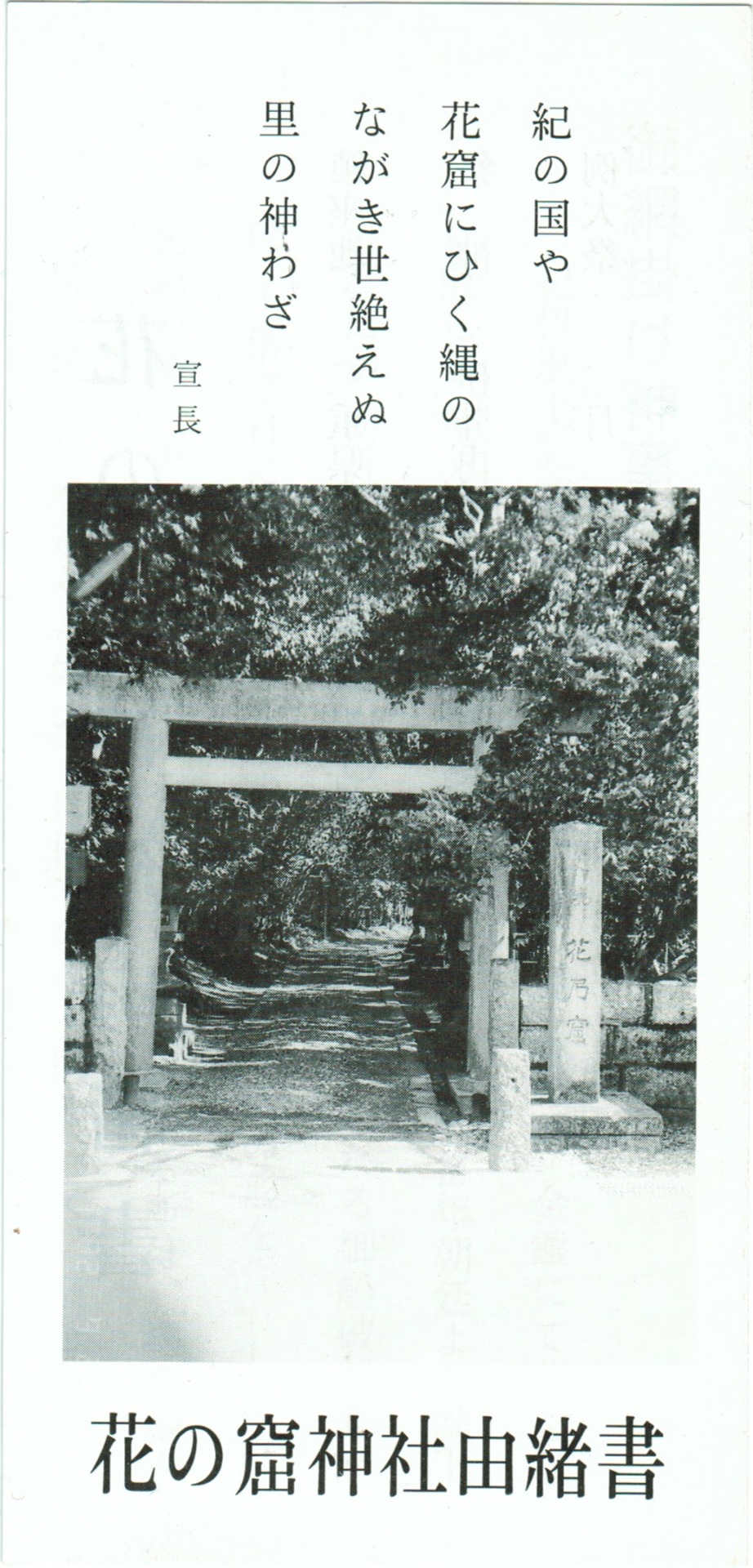
A pamphlet from Hana no Iwaya Jinja Shrine (花窟神社) in Kumano City, Mie Prefecture, referenced in the “Chronicles of Japan” (日本書紀) (compiled in 720) as the burial tomb of the progenitor goddess Izanami no Mikoto (伊邪那美命) after her demise giving birth to the fire deity, with the pamphlet featuring a shot of the front entrance of the shrine along with a waka poem by Motoori Norinaga (本居宣長) (1730-1801) which can be translated as:
Down in Kii Province,
A sacred rope drawn across
The flowery cave
For long ages without end,
A small town divine wonder
Acquired at the shrine April 2, 1995
#三重県#mie prefecture#熊野市#kumano#花窟神社#hana no iwaya#神社#jinja#鳥居#torii#japanese religion#japanese literature#japanese poetry#japanese poem#和歌#waka#本居宣長#motoori norinaga#pamphlet#ephemera#printed ephemera#paper ephemera#crazyfoxarchives
75 notes
·
View notes
Photo
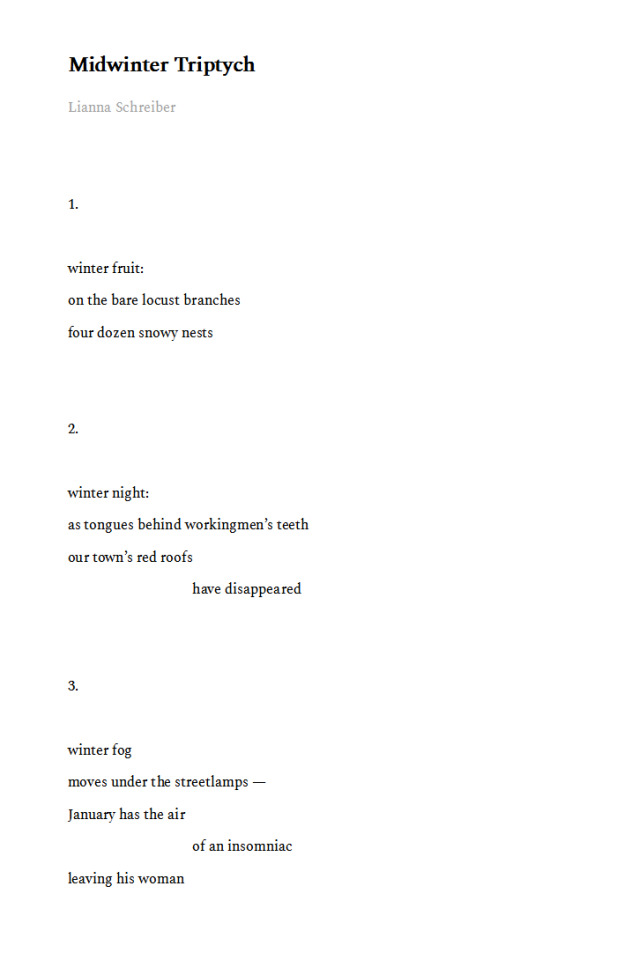
Midwinter Triptych, Lianna Schreiber
28-29 / 01 / 2023
§
Prior to the pandemic, I used to write a fair amount of seasonal poetry, just sort of observing and recording the world around me. It still seeps in, of course, all my poems come to me in the moment and the moment is coloured by its backdrops, but...I lost my sense of time these past few years, it’s fair to say. And I would like it back. So, this year I promised myself I’d write at least one landscape per month; this is January’s, and unintended, too. I just paused in the window at three different moments since yesterday morning... :]
#spilled ink#inkstain#writers on tumblr#poets on tumblr#poetry#poem#free verse#freeverse#freeform#free form#quotidie#2023#these are haikuish and waka-adjacent because it is a form i am v comfortable with + one that works Very Well for what i call landscapes
97 notes
·
View notes
Text
Ono no Komachi, Part 1
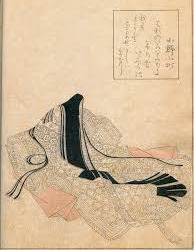
I will be back with a longer post about Akemi's favorite poet, one of the 36 Poetry Immortals, as well as one of the six great waka poets of the Heian period, aka the Rokkasen.
🌲
The waka is an umbrella term for a number of poetic forms-- but one by one, all of them but the tanka fell into disuse. So in a way, waka evolved into tanka, a short, lyric poem. Here is one example by Ono no Komachi:
🌲
So many, many things…
by the old rock, the pine is dreaming too…
its branches bend with a thousand years:
all the way down… till they meet the ground…
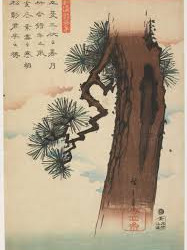
Picture credits: top by Okada Tamekichi, bottom by Utagawa Hiroshige
16 notes
·
View notes
Text
am i an obsessive researcher when it comes to my fics? perhaps
#the chorus speaks#oh i simply read several books on mythology. symbolism in art#in waka poetry and how to read and analyze them and what is seasonally appropriate#what teas were available and popular in that era#different kinds of pottery#the games people played#even what names were in use at that time#it's FUN though#my good woman i'm reading old chinese and japanese poetry to be able to refer to it in nature descriptions or to casually insert in their#conversation because that's how it worked!!
5 notes
·
View notes
Text
It's hard to forget
Someone who lives in your heart
Long after leaving
Seeing their face in all things
Hearing their name in the wind
11 notes
·
View notes
Text
The 101st Poem of the Hyakunin Isshu
While watching competitive karuta online, and in person, I noticed that there is a certain poem at the outset of a match, but that’s interesting is that this is a poem that is not actually part of the Hyakunin Isshu.
Osaka (Naniwa) Bay at sunset, Quelgar’s photos, CC BY-SA 2.0, via Wikimedia Commons
This poem is called the joka (序歌), or preliminary poem, and…
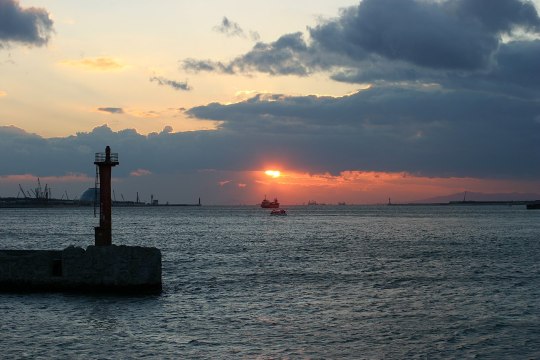
View On WordPress
1 note
·
View note
Text
百人一首, poem 5: 猿丸大夫
Day 5 of this little challenge! I'm still out of unique things to say in these intros. Today's poem is by Sarumaru Taihu (猿丸大夫), from the same text, same manuscript, same transcription conventions.
奥山[おくやま]にも三ぢ婦三王けなく鹿[し可]の
声[こゑ]きくと起ぞあき八可なしき
In modern standard kana, and split into the 5 lines of the waka:
奥山[おくやま]に
もみぢふみわけ
なく鹿[しか]の
声[こゑ]きくときぞ
あきはかなしき
A parse/analysis: (again, if anyone has *any* ideas as to how I could make these more accessible, I'm willing to do it. I have no idea how to alt text these.)

And a rough translation:
In the deep mountains, the times when I hear the crying deer's voices pushing through the autumn colours! Autumn is heartrendingly (beautiful/sad*).
*かなし often signifies uncontrollably strong feelings towards one's partner. It can mean painfully beautiful, as in 愛し, or heartrendingly sad or pitiable, as in 悲し. This scribe writes the word only in kana, leaving it ambiguous.
Again, I probably missed a lot of meaning, but that’s what practice and learning is for! This is a reminder that I’m no expert, I am but a lowly student, and this post is probably replete with errors despite my best efforts.
3 notes
·
View notes
Text
4.
In fields of green and
gold, the humble dandelion
raises its yellow
head in worship of the sun
before joining the white clouds.
3 notes
·
View notes
Text

River of Stars: Selected Poems of Yosano Akiko
#yosano akiko#akiko yosano#tanka#waka#japanese literature#booklr#literature#lit#quotes#poem#poet#poetry#academia#spilled ink#words#litblr#currently reading#classical literature#classic literature#japanese
20 notes
·
View notes
Text
Shinkokinshū
On a folding screen in the Engi Period (901-923).
春さめのふりそめしよりあをやぎのいとのみどりぞ色まさりける
Spring rains
First fell, staining, since then,
The lush willows’
Threads with green-
The colour darkening.
harusame no
furisomeshi yori
aoyagi no
ito no midori zo
iro masarikeru
0 notes